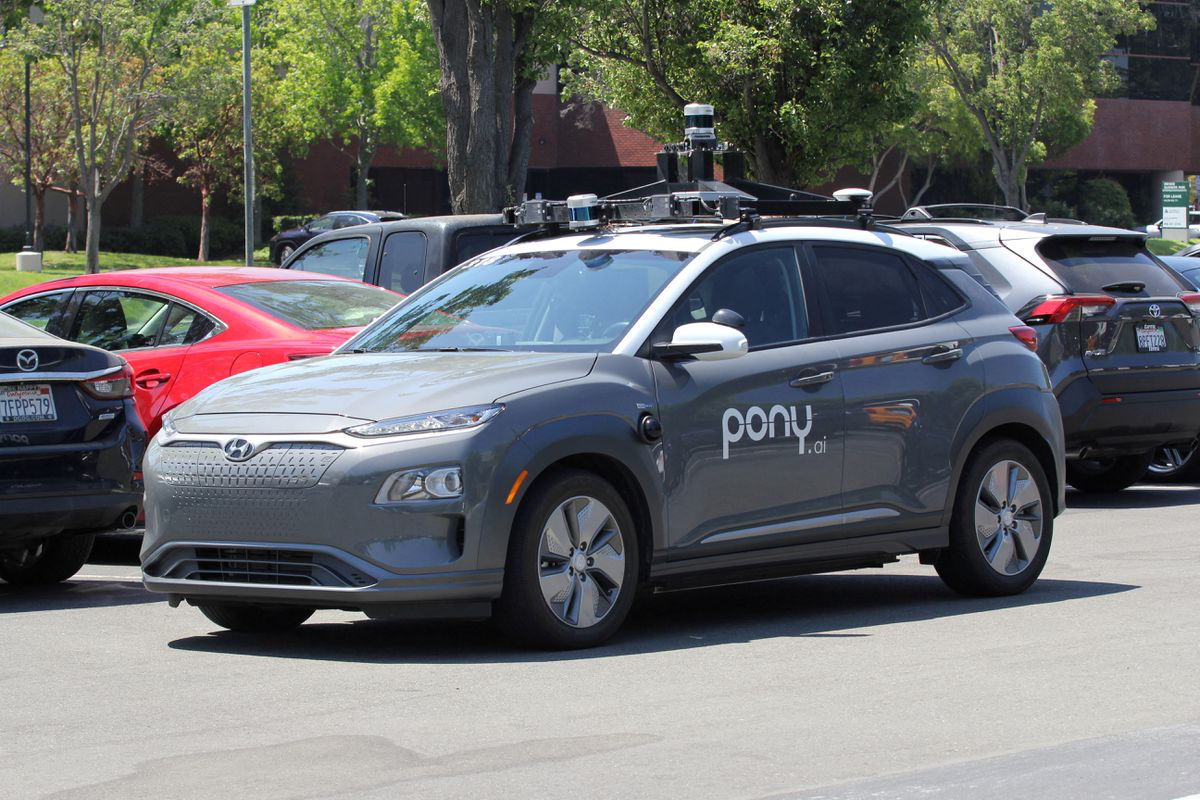According to Reuters’ December 13th report, Pony.ai suspended its self-driving road test voluntarily after an accident occurred during the testing process.
On October 28th, a self-driving vehicle from Pony.ai hit a road sign after making a right turn and driving onto the middle of the road, causing minor damage to the front of the car. Pony.ai submitted an accident report to the DMV afterwards.
According to the report, there were no injuries or damages caused to other vehicles. Pony.ai stated that “Pony.ai has always put safety first. Prior to this accident, Pony.ai’s unmanned test cars had undergone daily testing in California, which resulted in a minor collision with no injuries to personnel and no involvement of other vehicles. After the accident, Pony.ai immediately conducted a thorough investigation, and has voluntarily suspended its autonomous driving road test in California. Meanwhile, Pony.ai reported the accident to the California DMV in a timely manner and is currently in close communication and cooperation with the DMV.”
Such accidents are not uncommon during self-driving tests in California. For example, in June this year, Waymo collided with a pedestrian’s skateboard during Robotaxi testing in San Francisco after failing to yield to the pedestrian while making a left turn at an intersection. In September of this year, Apple’s self-driving car hit a curb during a right-turn testing process on a Silicon Valley roadside, causing damage to the bumper of the test vehicle.
Currently, Pony.ai has ten Hyundai cars for its self-driving tests in California. The suspension will not affect the autonomous driving test license held by safety personnel, which means Pony.ai has only suspended the self-driving cars without safety personnel onboard. The cars equipped with safety personnel can still go on the road for testing.
The autonomous driving test license issued by the California Department of Motor Vehicles (DMV) mainly consists of three categories. The first category is the license for driver-assisted testing, where safety personnel can take over the vehicle in emergency situations. The second category is the license for full self-driving tests, where unmanned vehicles can be tested on the road without a safety personnel at the main driving position. This means that the car is completely in self-driving mode and there is no human in the driver’s position under specific environments. The third category is the deployment permit for fully autonomous driving, which was launched in November of last year and currently only held by Cruise, Nuro and Waymo.
This article is a translation by ChatGPT of a Chinese report from 42HOW. If you have any questions about it, please email bd@42how.com.
